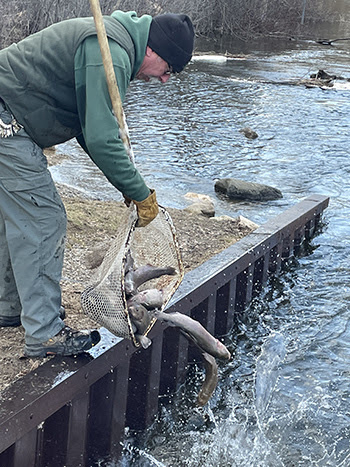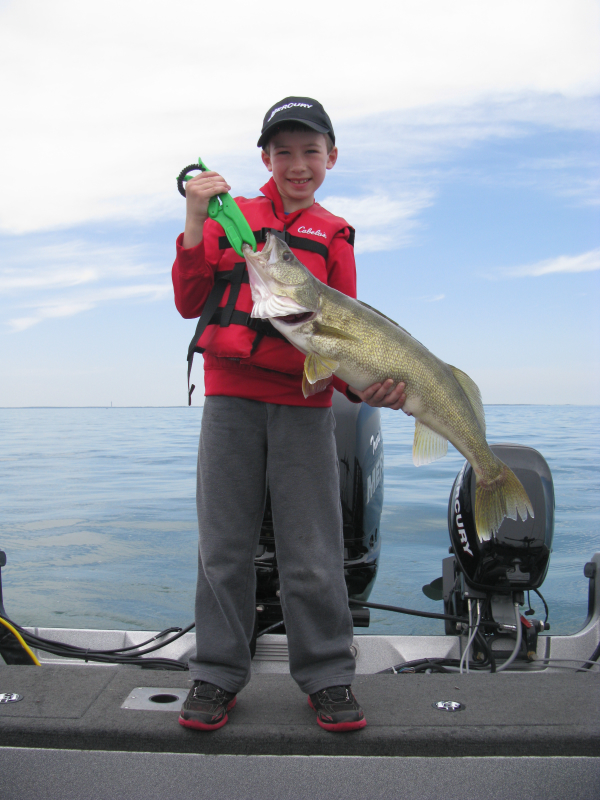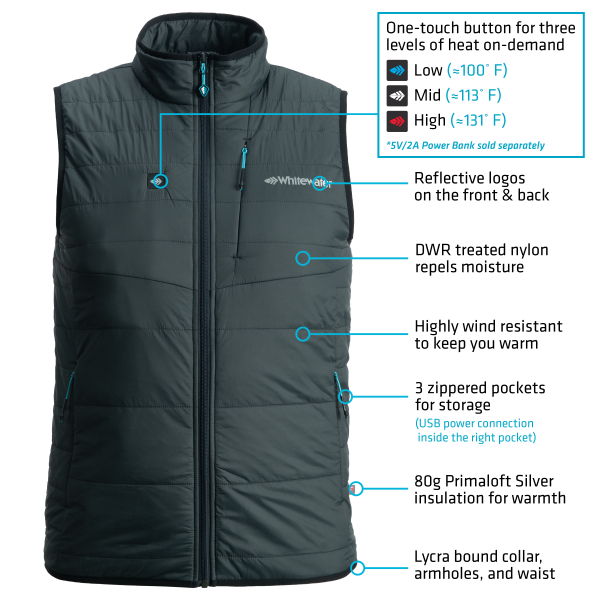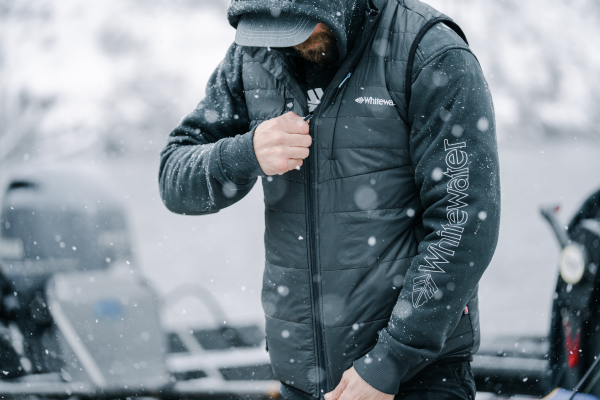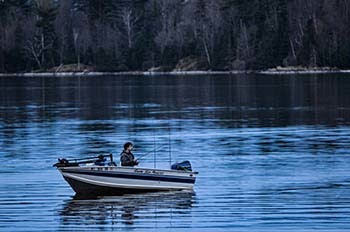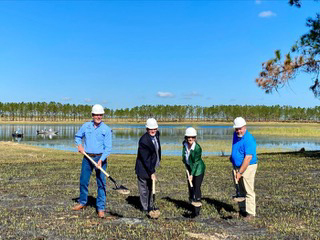Sturgeon for Tomorrow seeking volunteers to protect sturgeon along Black River
Volunteers are needed in Cheboygan County now through early June to stand guard as mature lake sturgeon head upstream to their spawning sites along the Black River.
The Black Lake Chapter of Sturgeon for is working in partnership with the Michigan Department of Natural Resources and various tribes to protect the fish from being illegally harvested during the six-week spawning season.
Sgt. Mark DePew, who leads DNR Law Enforcement Division’s efforts on the river, said, “This program, that protects this iconic species when they are most vulnerable, is a model of how agencies and the public can cooperate to get needed work accomplished.”
The lake sturgeon, which can weigh up to 200 pounds and live to be 100 years old, is listed as a threatened species in Michigan, with any sport fishing being closely regulated.
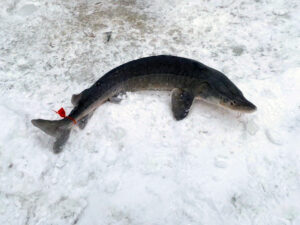
Black Lake Sturgeon
“For over 20 years, the annual Sturgeon Guarding Program has proven that people serving as sturgeon guards watching over the river have virtually eliminated poaching, while helping to ensure the protection and reproductive success of the species,” said, Mary Paulson the program’s volunteer coordinator. “It’s a unique and rewarding experience to witness these majestic fish swimming up the Black River, and to be a key player in safeguarding one of Michigan’s most valuable natural resources.” Read more


